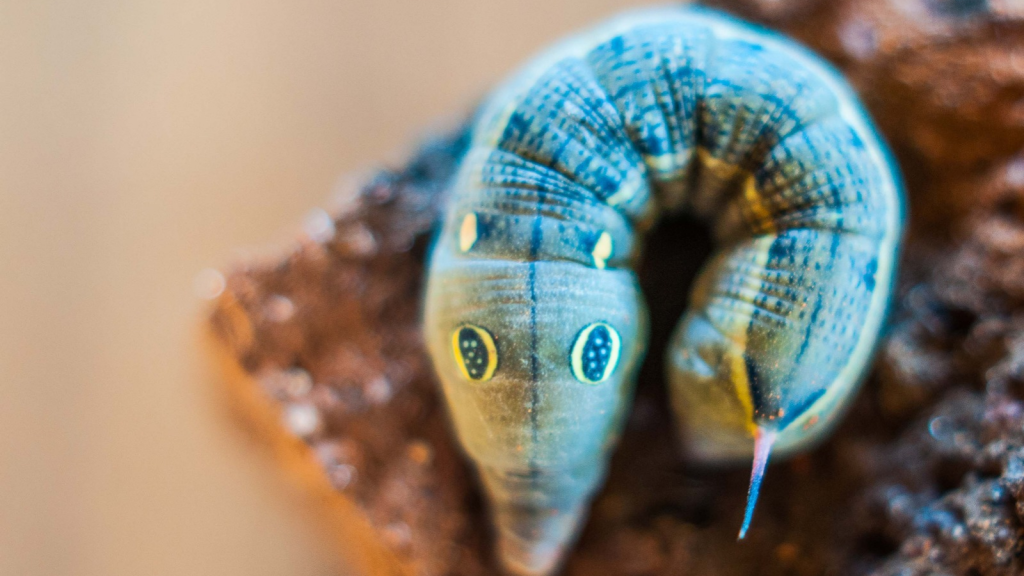The UK is home to a surprising array of wildlife, some of which are truly unique and a bit strange. While you might be familiar with the badgers, hedgehogs, and red squirrels, there are many other native creatures that fly under the radar. From tiny bugs to impressive sea life, the British Isles have plenty of oddities worth celebrating. These creatures remind us of the incredible diversity that exists right on our doorstep, even in the most unexpected places. I spend a lot of time outdoors walking the dogs or on the allotment, so I’m lucky enough to encounter all kinds of weird and wonderful beasties.
1. Pink Sea Fan
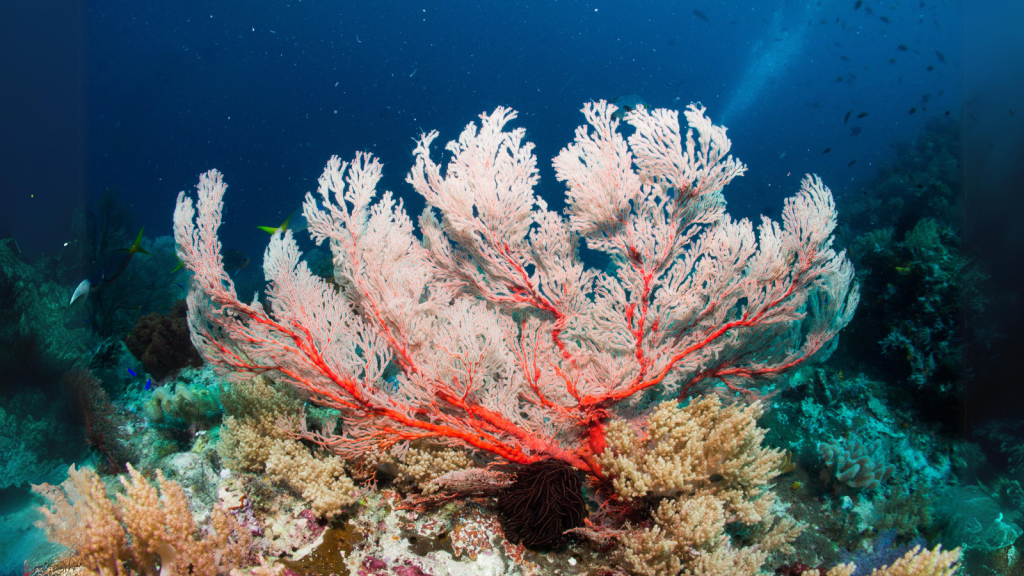
The pink sea fan is a delicate, coral-like creature found in the waters around the UK, particularly off the southwest coast. It looks like an underwater fan made of soft, pink branches. While it’s slow-growing and fragile, it’s incredibly important for marine biodiversity, providing shelter for fish and invertebrates. Unfortunately, it’s at risk from damage caused by fishing, pollution, and climate change.
2. Freshwater Pearl Mussel
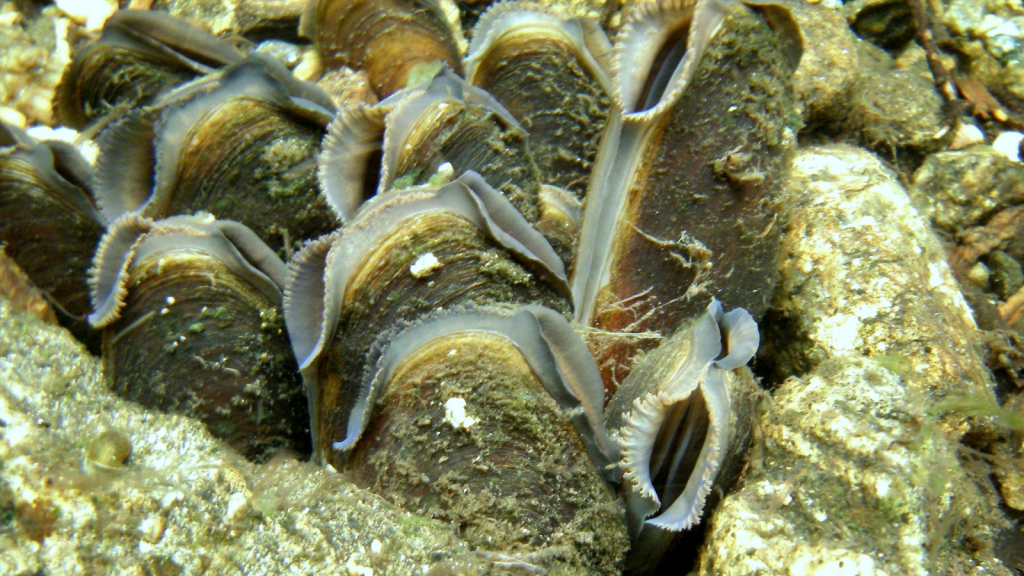
Living quietly in the clean, fast-flowing rivers of Scotland and Northern England, the freshwater pearl mussel might seem like an ordinary shellfish, but it has an unusual talent—creating pearls. These mussels can live for over 100 years, making them one of the longest-living invertebrates. However, their numbers are dwindling due to habitat destruction and illegal pearl fishing.
3. Red Mason Bee
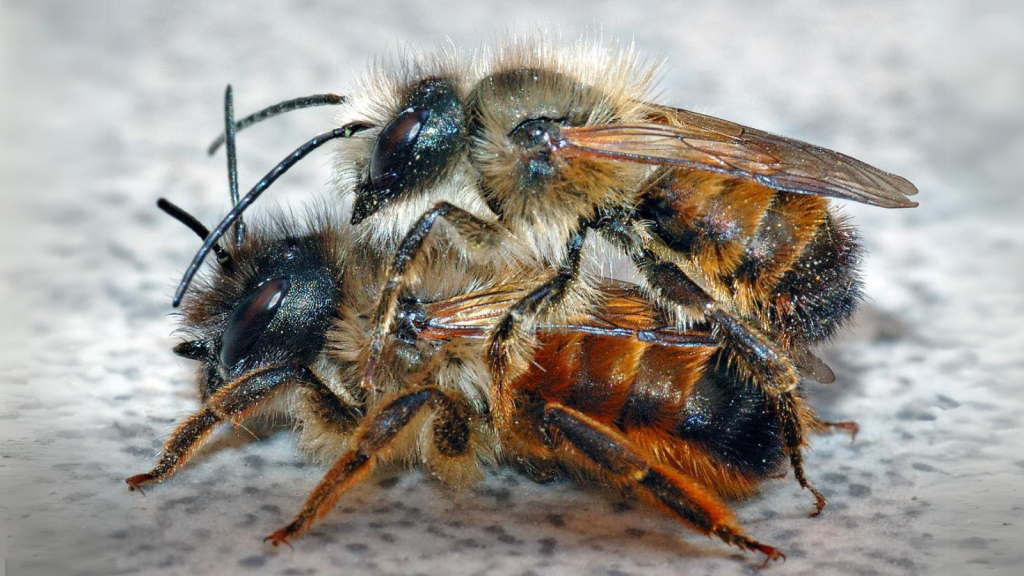
Unlike the social bees we’re familiar with, the red mason bee is a solitary species that doesn’t live in hives. Found in gardens and meadows across the UK, these bees nest in holes in walls or hollow plant stems. They are incredibly efficient pollinators, sometimes even more so than honeybees, and play a vital role in keeping the UK’s flowers and crops thriving.
4. Woodlouse Spider
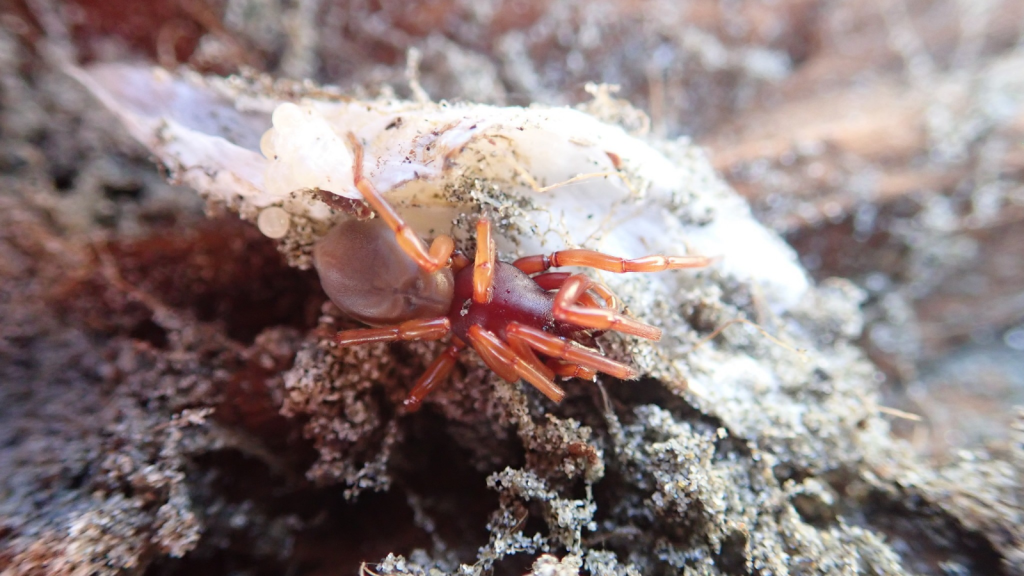
The woodlouse spider, with its shiny red body and large fangs, looks like something out of a horror movie. It hunts woodlice in dark, damp places like gardens and under logs. Unlike most spiders in the UK, this one doesn’t spin webs to catch prey—it chases down its meals, using its strong jaws to pierce the tough shells of woodlice. I’ve been fortunate enough to watch these spiders in action more than once on the allotment, where woodlice are menaces.
5. Stalk-Eyed Fly
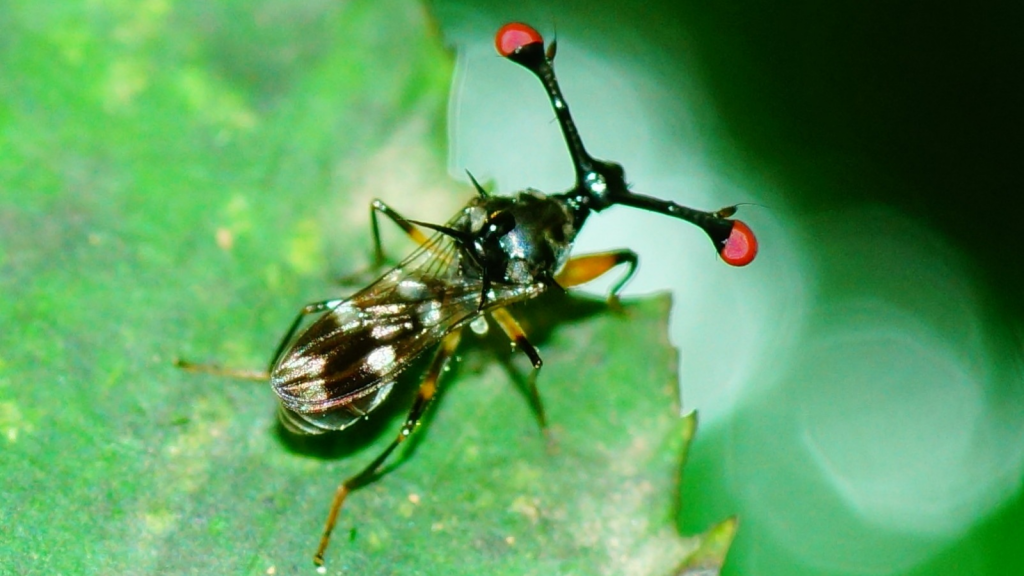
You might not believe your eyes when you spot this insect! The stalk-eyed fly has eyes set on the end of long, stick-like projections from its head. Males compete with each other by showing off their eyestalks, and females choose their mates based on the length of these bizarre extensions. Found in wet meadows and marshy areas, it’s one of the UK’s most unusual insects.
6. Natterjack Toad
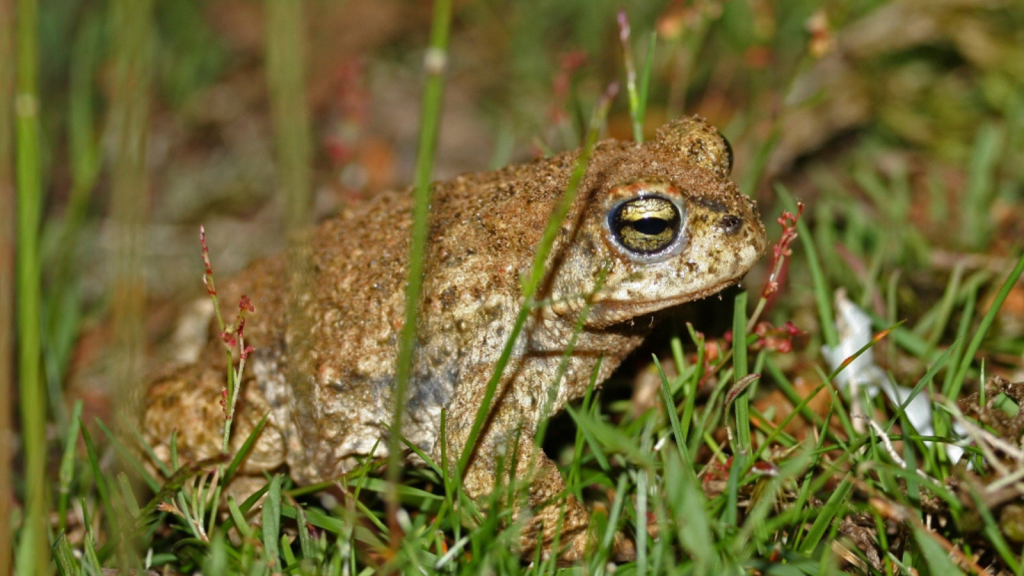
Unlike its more common cousin, the common toad, the natterjack toad is much rarer and lives mostly in sandy heathlands and coastal dunes. It’s easily recognizable by the distinctive yellow stripe that runs down its back. Natterjacks are also famous for their loud, rasping calls, which can be heard up to a mile away during mating season.
7. Elephant Hawk-Moth Caterpillar
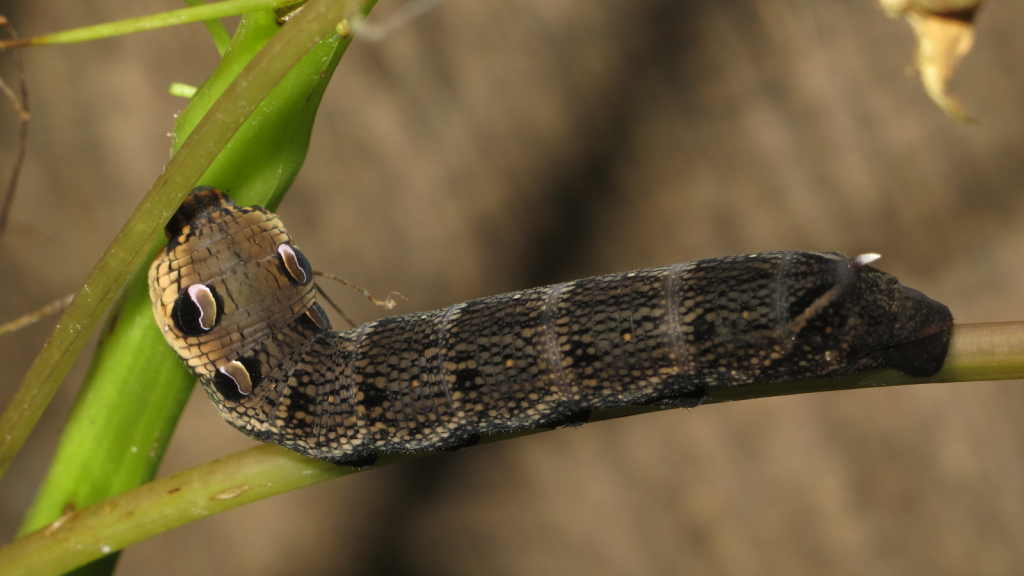
Before it transforms into a striking pink-and-green moth, the elephant hawk-moth starts off as a chunky caterpillar with an odd feature—it looks a bit like an elephant’s trunk. These caterpillars have large, false eye spots near their heads to scare off predators. They can be found in gardens and woodlands across the UK, especially where honeysuckle and willowherb grow.
I resuced a cat a few years back who exclusively hunted these huge caterpillars. Birds? Mice? Not a chance. But elephant hawk moth caterpillars? She’d bring these in multiple times a day during peak growing season. She’d leave them alive and unharmed in spots they were likely to make me jump with their giant fake eyes and bulbous heads.
8. Sea Slug (Great White Doris)
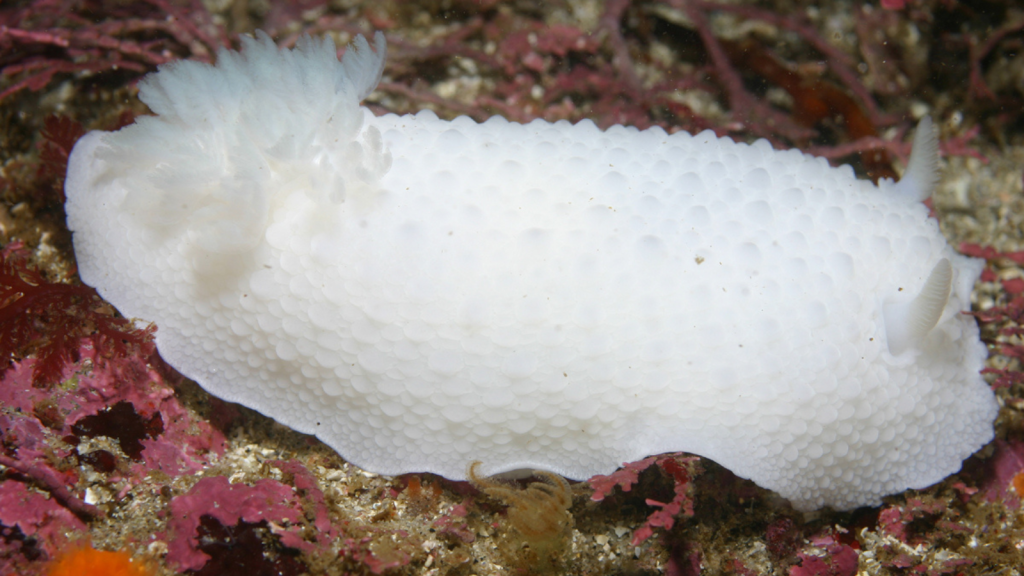
Sea slugs in the UK are as bizarre as they are beautiful. One of the most striking is the great white Doris, which has a soft, white body covered in tiny, wavy ridges. This creature might look delicate, but it’s actually a tough predator that feeds on sponges. You’ll find it along rocky coastlines, especially in the southwest.
9. Glow-Worm
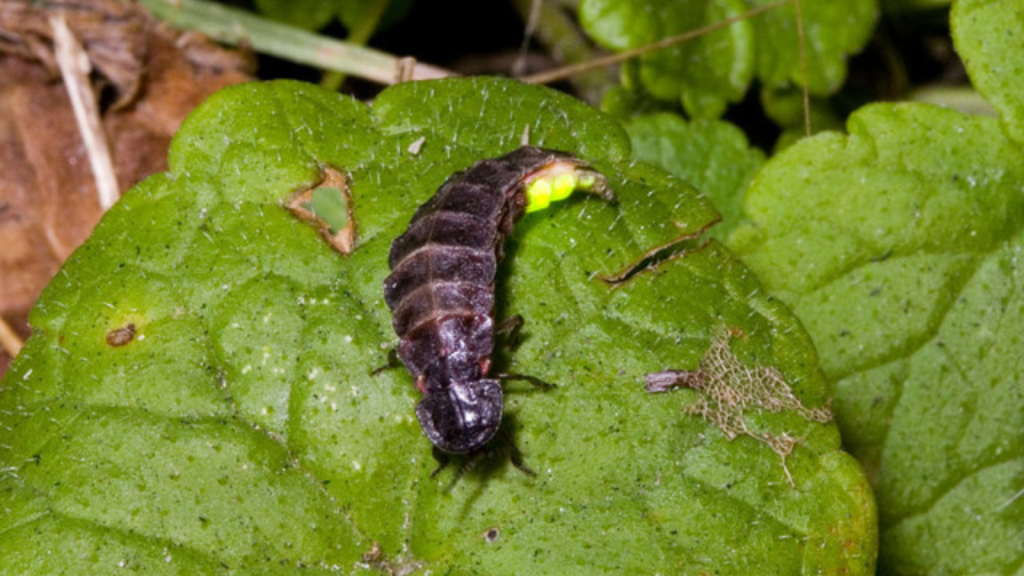
Not actually a worm at all, the glow-worm is a type of beetle, and the females produce a greenish glow to attract mates during the summer nights. Found in grasslands and woodlands, they are a rare sight nowadays due to habitat loss. Their eerie glow is one of the most magical sights of a UK summer evening.
10. Hazel Dormouse
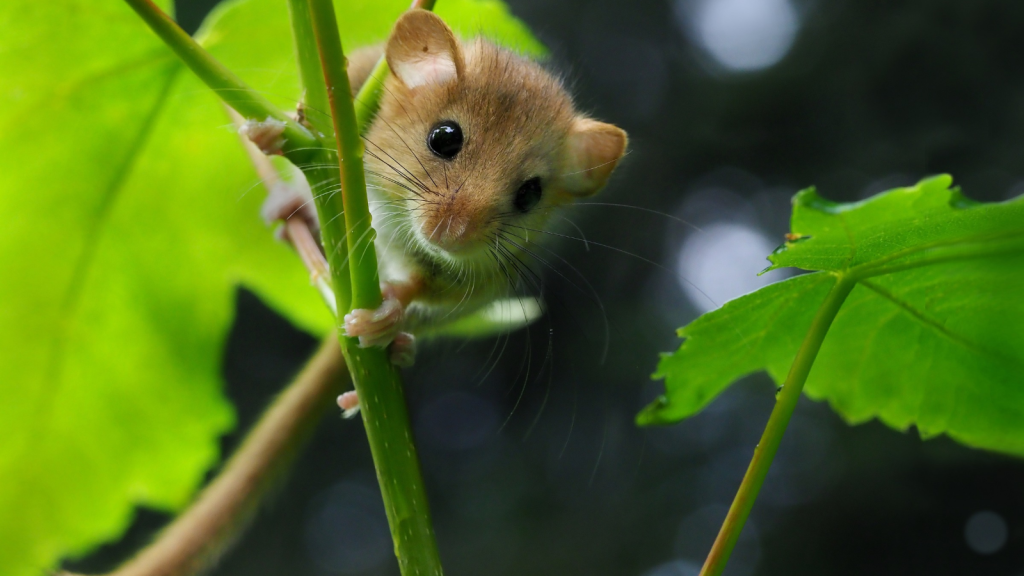
The tiny hazel dormouse is one of the UK’s cutest and rarest mammals. These small, golden-brown rodents are nocturnal and spend most of their lives in trees and bushes, feeding on hazelnuts and berries. Their populations have sharply declined due to the destruction of woodland habitats, making them a protected species. These are some of my absolute favorite native creatures. Yes, I know they’re just mice, but they’re adorable, clever, and fascinating to watch.
One of my cats brought home two tiny little pinks (babies) of this species during Covid, and I spent a full week hand-feeding and caring for these babies before I could get them to a wildlife rehab center. Yes, they survived, and they were released once they were big enough to fend for themselves.
11. Tube-Nosed Bat
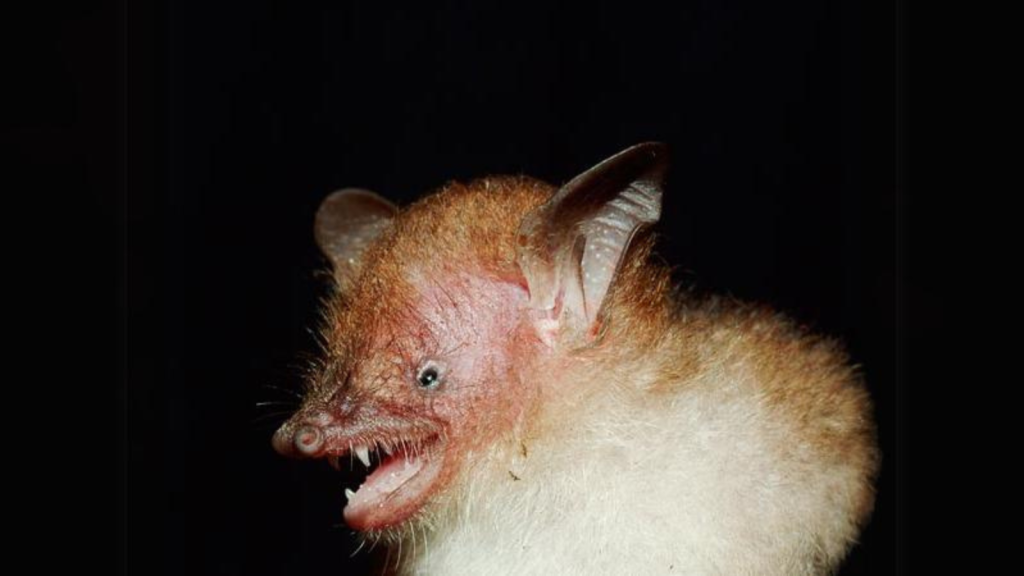
With its unusual nostrils, the tube-nosed bat looks a little odd compared to the more common bat species in the UK. Found in old buildings and woodland, it uses its nose to help navigate and hunt insects at night. This bat is a master of echolocation, sending out high-pitched sounds to find its prey in the dark.
12. Stag Beetle
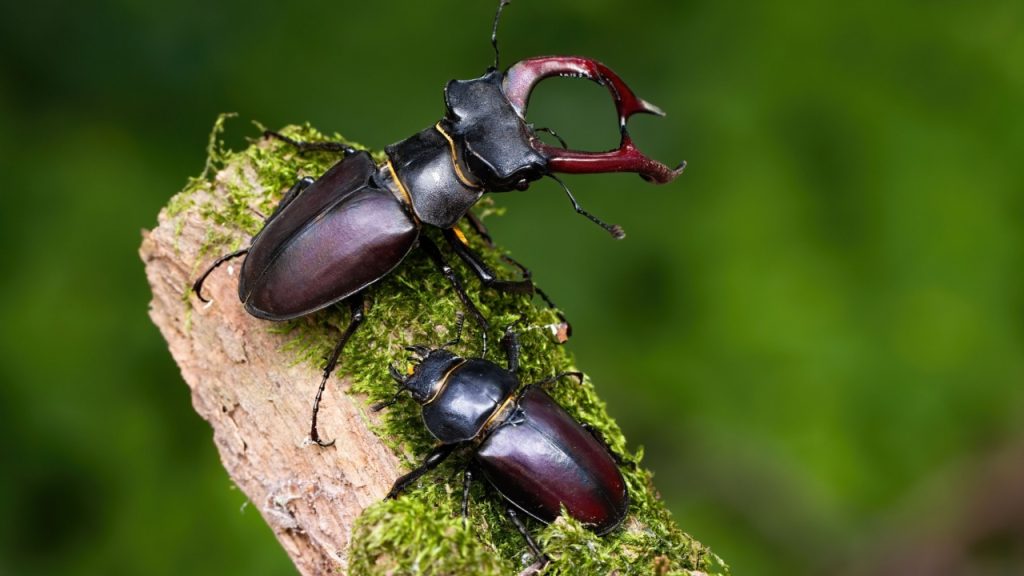
One of the UK’s most impressive and oddly intimidating insects, the stag beetle is named for its huge, antler-like jaws. Males use these jaws to wrestle for mates, but despite their fierce appearance, stag beetles are harmless to humans. They can be found in woodlands, parks, and gardens, especially around decaying wood, where their larvae develop. These beetles are becoming rarer, so it’s always a treat to spot one.
13. Bloody Henry Starfish
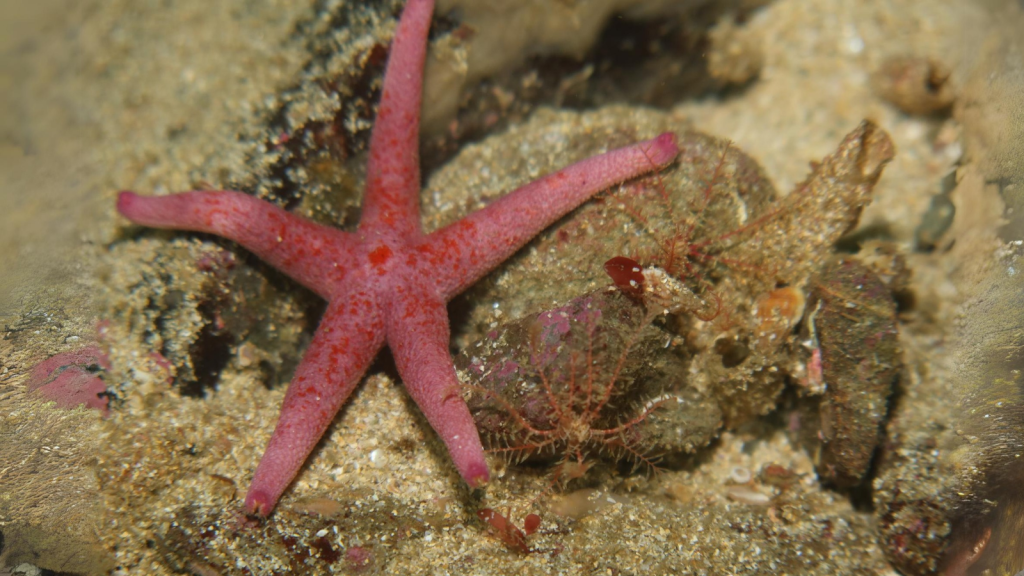
The Bloody Henry starfish gets its name from its bold red color, although it can also appear in shades of pink and purple. Found in the UK’s rocky shores, this starfish is a scavenger, feeding on dead fish and other marine debris. It has five arms and can regenerate them if they’re lost to a predator.
14. Harvestman
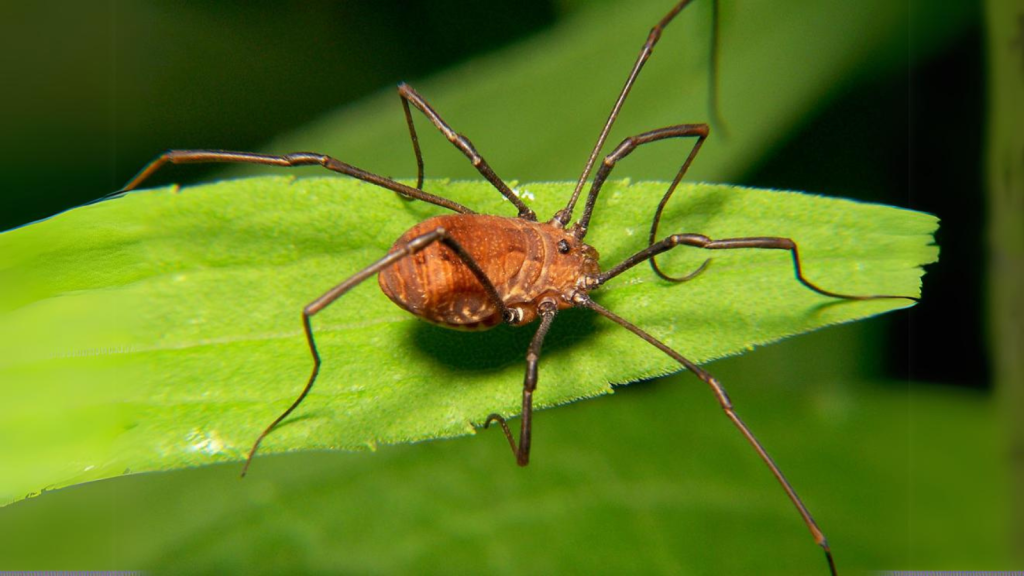
Often mistaken for a spider, the harvestman is actually a close relative but with a round body and long, spindly legs. Unlike spiders, harvestmen don’t have venom or silk glands, so they rely on speed and stealth to avoid predators. They can be found in gardens, forests, and grasslands, where they hunt for small insects.
15. Devil’s Coach Horse Beetle
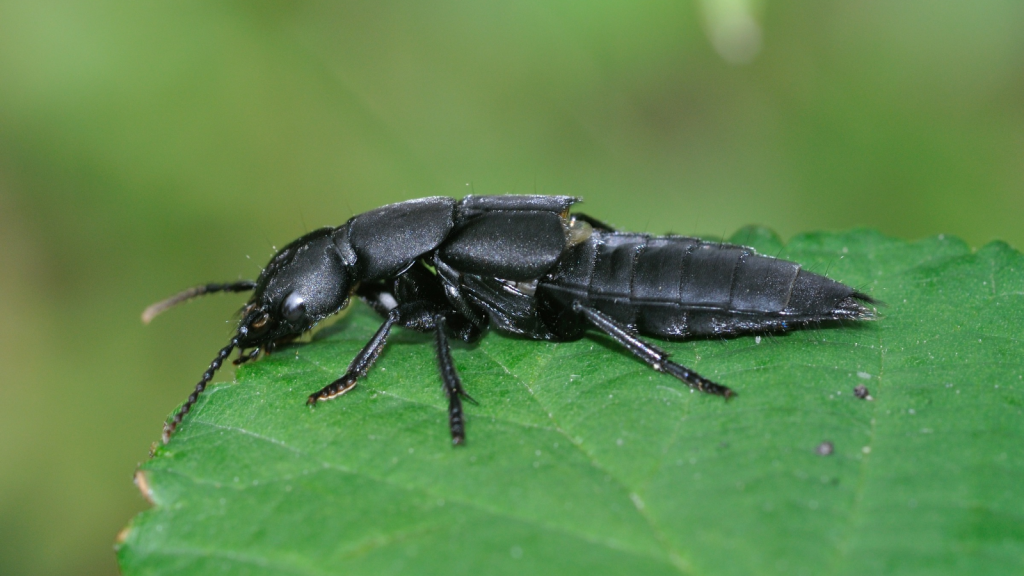
With its glossy black body, large jaws, and a habit of raising its tail like a scorpion when threatened, the devil’s coach horse beetle can look quite fearsome. It’s a fierce predator, feeding on slugs, worms, and other small creatures in gardens and woodlands. Despite its intimidating appearance, it plays an important role in controlling pest populations and breaking down decaying organic matter.

